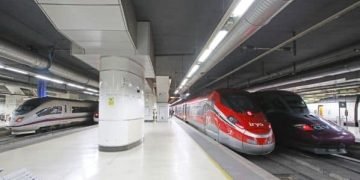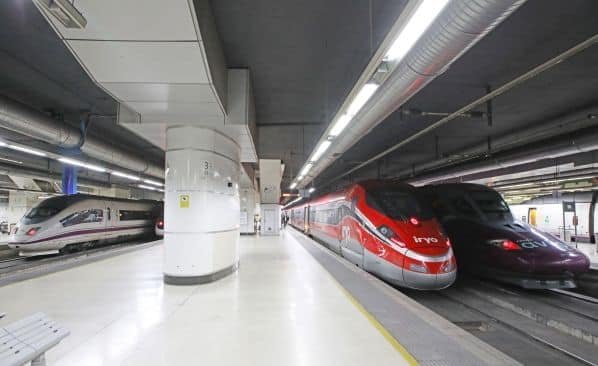Madrid, Aug. 13, 2025 — The platform smelled faintly of oil and warm metal. A high-speed train — the kind usually packed with business travelers — eased into Atocha station just after sunrise. This time, no passengers. Inside, straps held stacks of fruit crates, medical supplies, and boxes of electronics. In less than three hours, it would be in Barcelona.
The trial has been running quietly for weeks. No big fanfare, just a handful of converted passenger cars and a crew trained to load fast and leave on time. “We’re treating it like a passenger service,” said one rail worker, wiping his hands on his vest. “Except the passengers don’t complain if it’s a few minutes late.”
Freight on high-speed lines means working around the passenger timetable. Most runs happen before the morning rush or after dark. Crews have learned to swap cargo in minutes, using portable ramps and forklifts small enough to fit on the platform without blocking foot traffic.
Environmental advocates are watching closely. Rail operators say carbon output per shipment is less than half that of a truck on the same route. For large retailers under pressure to clean up their supply chains, the numbers could be persuasive.
Whether the program grows will depend on politics, budgets, and how quickly the rail company can make the system pay for itself. For now, the trains glide out of the station almost unnoticed — except by the handful of workers who know exactly what’s inside.























